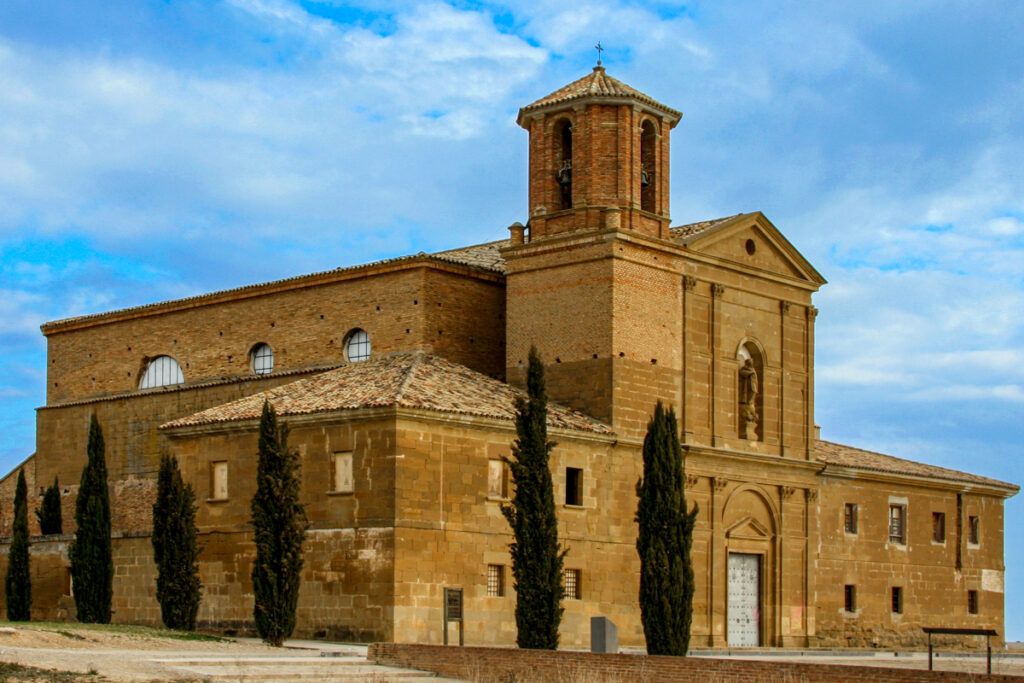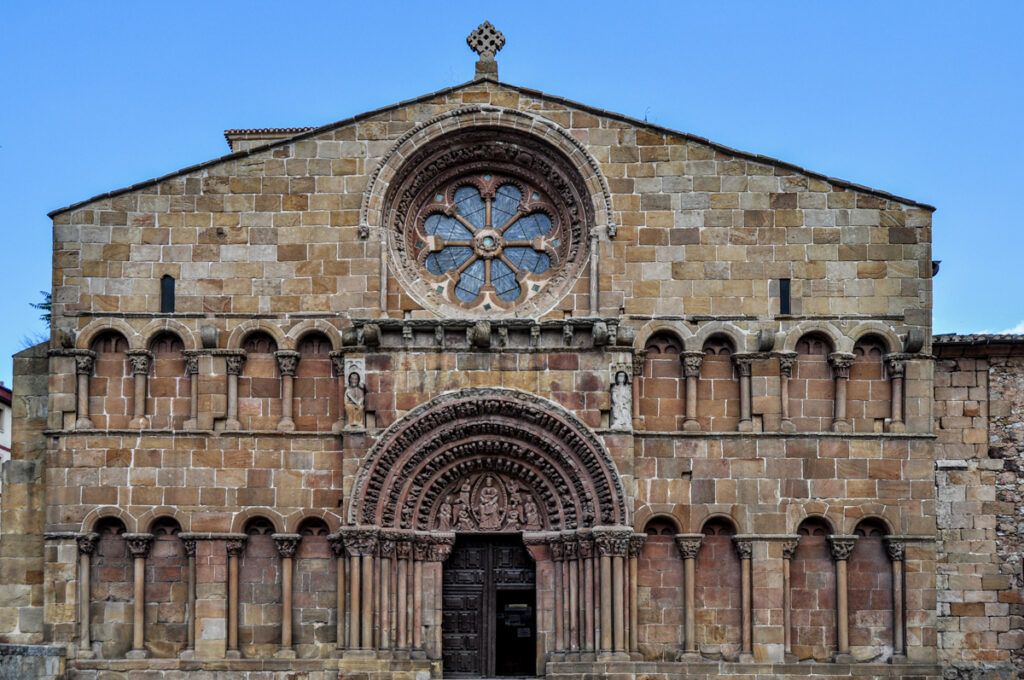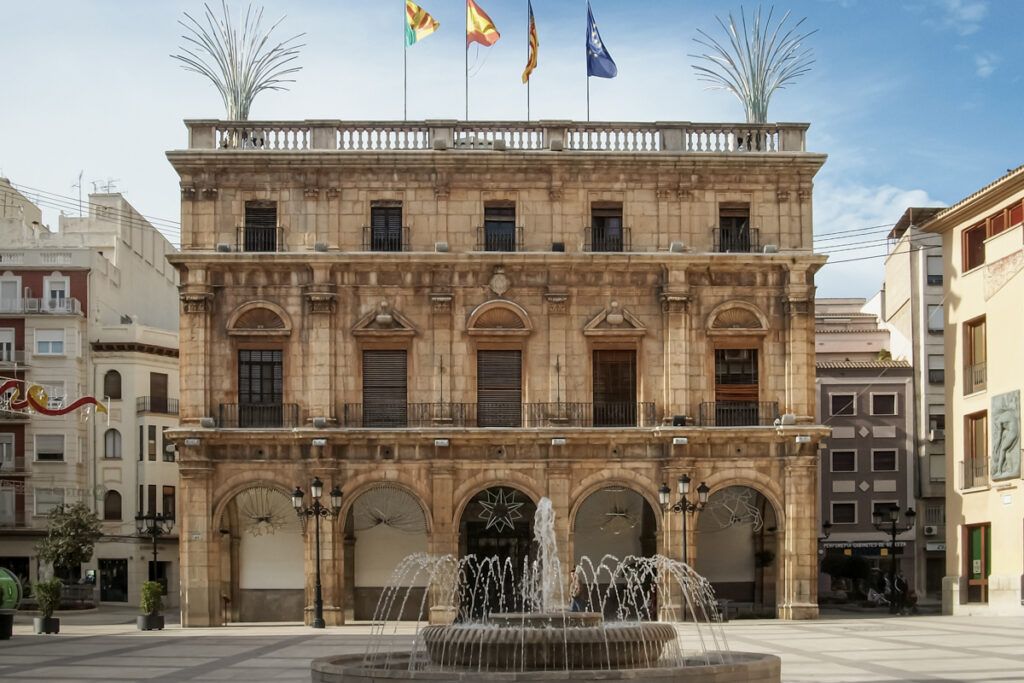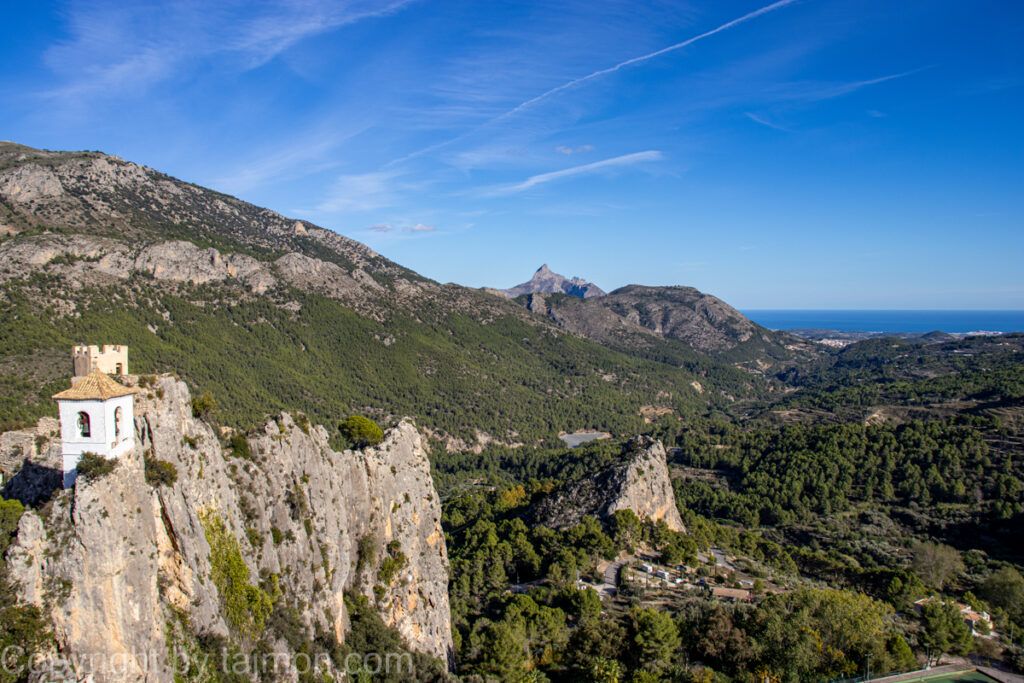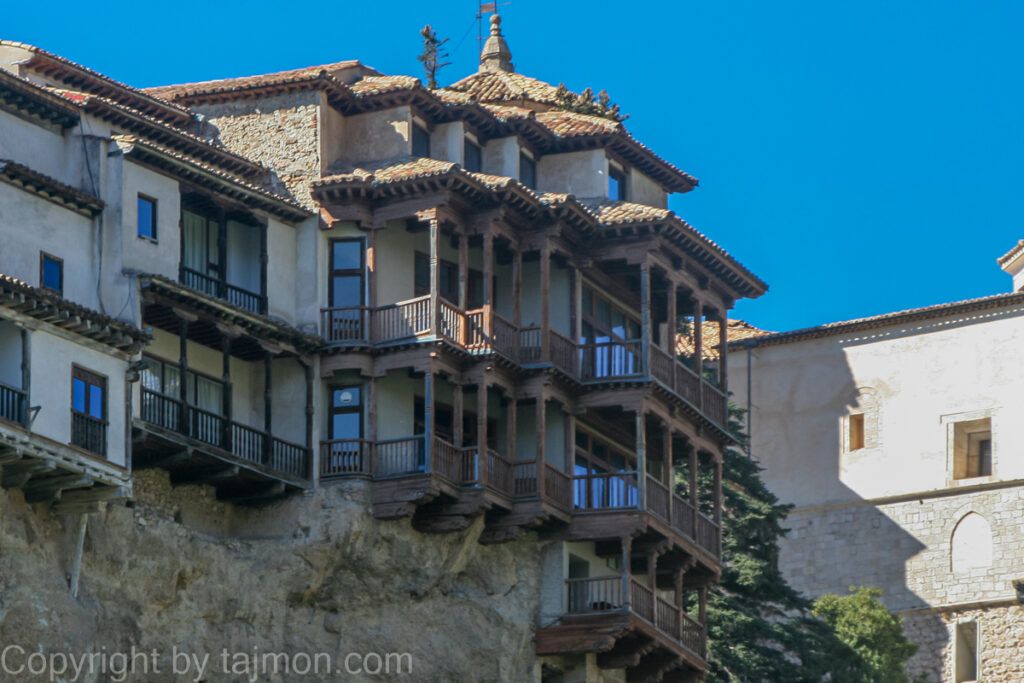Museo de Teruel
The Museo de Teruel is a cultural institution, dependent on the Diputación Provincial de Teruel, which aims to research, preserve, and disseminate the cultural heritage of Teruel and contribute to the understanding of contemporary artistic trends. The area of the permanent exhibition occupies most of the Casa de la Comunidad. It offers interesting samples of some of the collections that the Museum houses:
Archaeology, with a broad view of the remains located in the province from prehistory to the Middle Ages; and Ethnography, which gathers numerous manifestations related to aspects defining traditional culture of Teruel. Among the funds, an important collection of contemporary art stands out, which is not yet exhibited for visitors; the works that make it up have been mostly introduced by plastic artists winners of Endesa Scholarships.
The set of technical areas consists of a conservation and restoration department, a specialist library, a photographic studio, and a documentation center. From the photographic and cartographic archives, information is provided to researchers and scholars, who also have workrooms at their disposal to carry out their consultations. As its own actions, the museum develops through its various departments programs of archaeology, ethnography, and contemporary art, through research plans, archaeological excavations, exhibitions, and specialized publications.
In open collaboration, the museum offers its facilities as the venue for congresses, conference cycles, concerts, exhibitions, and other cultural activities. The Teruel Museum is dependent on the Diputación Provincial de Teruel; it is integrated with the Spanish System of Museums of the Ministry of Culture and with the System of Museums of Aragon.
This museum is housed in a building known as Casa de la Comunidad, an old palace built in the second half of the 16th century, which was the seat of the Comunidad de aldeas de Teruel in the Middle Ages. Since 1837 it has been the headquarters of various institutions, such as the Diputación Provincial, the Instituto de Segunda Enseñanza, or political parties. This building has three floors and is built of stone and brick.
Its facade is adorned with the coat of arms of the city and province, as well as inscriptions with the surnames of famous personalities associated with the history and culture of Teruel. The interior of the building is divided into various rooms, such as the plenary hall, session room, protocol room, or archive room. In these rooms, you can admire antique furniture, paintings, sculptures, and documents that testify to the history and culture of the city. Among them, it is worth mentioning the sculpture of St. George, the patron saint of the city, the work of Aniceto Marinas, or documents related to the fuero, a legal and tax privilege granted to the city by King Alfonso II in 1176.
This museum offers its visitors interesting samples of some of the collections it houses. Among them, you can distinguish:
- Archaeology: with a broad view of the remains located in the province from prehistory to the Middle Ages. It includes exhibits from various geological epochs, such as the Paleolithic, Neolithic, Eneolithic, Bronze Age, Iron Age, Iberian Age, Roman Age, Late Antiquity, Al-Andalus, and Low Middle Ages. Among them, you can admire fossils, tools, ceramics, jewelry, coins, sculptures, mosaics, or sarcophagi.
- Ethnography: which gathers numerous manifestations related to aspects defining traditional culture of Teruel. It includes exhibits related to work and occupations, housing, clothing and hygiene, nutrition, productive activity, religiosity, or the evolution of ceramics. Among them, you can admire tools, furniture, costumes, dishes, toys, embroideries, or musical instruments.
- Contemporary Art: which is not yet exhibited for visitors, but includes an important collection of works by contemporary plastic artists, who received Endesa Scholarships. It includes paintings, sculptures, graphics, photographs, or installations, which show various trends and styles of contemporary art.

